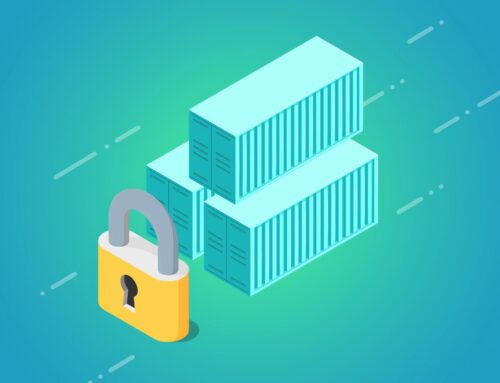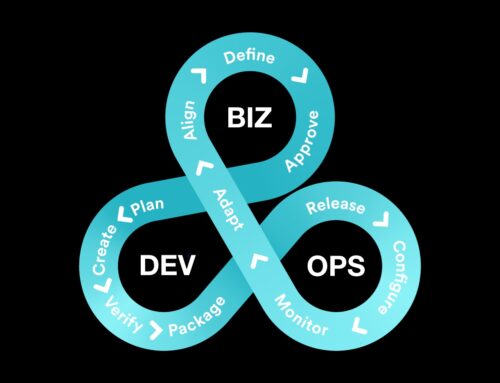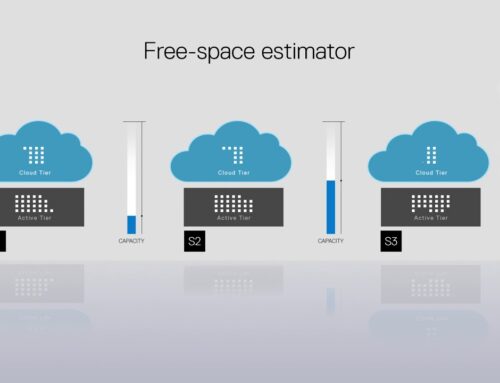Cloud computing has revolutionized the way businesses store, manage, and process data by providing scalable, on-demand computing resources and services.
As more organizations migrate their operations to the cloud, ensuring proper cloud configuration has become a critical aspect of maintaining security and compliance.
However, cloud misconfigurations remain a prevalent issue that can lead to severe consequences, such as data breaches, unauthorized access, and service disruptions.
This article will explore the risks associated with cloud misconfigurations, discuss common causes, and provide effective solutions for preventing and mitigating these issues.
Risks associated with cloud misconfigurations
1. Data breaches and leaks
One of the most significant risks associated with cloud misconfigurations is data breaches and leaks. When cloud resources are not properly configured, sensitive information can become vulnerable to unauthorized access or accidental exposure.
This can lead to the loss of confidential data, including customer information, intellectual property, and trade secrets, which can severely damage a company’s reputation and result in costly legal ramifications.
2. Unauthorized access
Improperly configured cloud environments can leave the door open for unauthorized access by malicious actors or even unsuspecting insiders. This can result in unauthorized users gaining access to critical systems and data, leading to the potential for data theft, tampering, or destruction.
Unauthorized access can be leveraged to launch additional attacks on other systems within the organization or to propagate malware.
3. Compliance issues
Organizations operating in regulated industries are required to adhere to specific compliance standards, such as GDPR, HIPAA, or PCI-DSS. Cloud misconfigurations can lead to violations of these regulations, resulting in financial penalties, legal consequences, and damage to the company’s reputation.
Maintaining proper cloud configuration is essential for ensuring ongoing compliance and avoiding the negative impacts of non-compliance.
4. Service disruption and downtime
Cloud misconfigurations can also lead to service disruptions and downtime. This can occur when resources are not adequately provisioned, or security settings are not correctly applied, resulting in the unavailability of critical systems or services.
Downtime can have significant operational and financial consequences, particularly for organizations that rely heavily on cloud-based infrastructure for their daily operations.
Common causes of cloud misconfigurations
1. Human error
With the complexity of cloud environments, it is easy for mistakes to be made when configuring resources, setting up access controls, or managing security policies.
These errors can lead to vulnerabilities that expose sensitive data and systems to potential attacks. To minimize human error, organizations should invest in training, automated tools, and robust change management processes.
2. Lack of visibility and control
In many cases, organizations lack visibility into their cloud environments, making it difficult to identify and remediate misconfigurations. This can be due to the use of multiple cloud platforms, decentralized management of cloud resources, or a lack of centralized monitoring and reporting tools.
To address this issue, organizations should implement comprehensive cloud monitoring solutions that provide visibility into their entire cloud infrastructure and facilitate the identification and resolution of misconfigurations.
3. Inadequate training and expertise
Cloud technologies are continually evolving, and staying up to date with the latest best practices and security measures can be challenging. Inadequate training and expertise among IT staff can lead to cloud misconfigurations, as they may not fully understand the implications of their actions or be aware of the most effective security practices.
To combat this, organizations should invest in ongoing training and education for their IT staff, as well as consider leveraging external expertise through consulting or managed services.
4. Miscommunication between teams
Miscommunication between teams, such as development, operations, and security, can also contribute to cloud misconfigurations. This can occur when teams have differing objectives or are not aligned in their understanding of security requirements and best practices.
To improve communication and collaboration, organizations should adopt a DevSecOps approach, which integrates security considerations throughout the entire software development and deployment lifecycle.
Implementing solutions to prevent cloud misconfigurations
Misconfigurations can lead to security vulnerabilities, data breaches, and even compliance violations, making it imperative for businesses to implement robust solutions to prevent such issues. Here are some practical strategies to identify, remediate, and prevent them, ultimately enhancing the security and reliability of your cloud infrastructure.
1. Conduct regular security audits and assessments
Regular security audits and assessments can help organizations identify and address cloud misconfigurations before they lead to significant risks. These audits should encompass both internal and external assessments, including vulnerability scanning, penetration testing, and compliance checks.
Consistently evaluating the security posture of their cloud environments, organizations can proactively detect and remediate misconfigurations, minimizing the potential for data breaches and other security incidents.
2. Automate security and configuration checks
Automation can play a crucial role in preventing cloud misconfigurations. By automating security and configuration checks, organizations can ensure that their cloud resources are consistently aligned with security best practices and organizational policies.
Automated tools can also help detect and remediate misconfigurations in real-time, reducing the window of opportunity for attackers to exploit vulnerabilities.
Examples of automation tools include infrastructure as code (IaC) solutions, configuration management tools, and cloud security posture management (CSPM) platforms.
3. Implement strong access control policies
Strong access control policies are essential for preventing unauthorized access to cloud resources and reducing the risk of cloud misconfigurations. Organizations should implement the principle of least privilege, granting users and applications the minimum level of access necessary to perform their tasks. Additionally, role-based access control (RBAC) and multi-factor authentication (MFA) should be used to further secure access to cloud resources and reduce the likelihood of misconfigurations resulting from unauthorized access.
4. Invest in employee training and awareness programs
Employee training and awareness programs are crucial for ensuring that all team members understand the risks associated with cloud misconfigurations and are equipped to follow security best practices.
These programs should cover topics such as secure cloud configuration, access management, and data protection, as well as provide guidance on how to recognize and report potential security incidents.
Investing in ongoing education and awareness efforts, organizations can foster a security-conscious culture that minimizes the risk of cloud misconfigurations.
5. Utilize centralized cloud management tools
Centralized cloud management tools can help organizations gain greater visibility and control over their cloud environments, making it easier to detect and remediate misconfigurations. These tools can aggregate data from multiple cloud platforms, providing a single pane of glass for managing and monitoring cloud resources.
In addition to simplifying management tasks, centralized tools can also automate security and configuration checks, enforce access control policies, and provide actionable insights for improving cloud security.
In conclusion, Cloud misconfigurations can pose significant risks to organizations, potentially leading to data breaches, unauthorized access, compliance issues, and service disruption.
To mitigate these risks, it is crucial for companies to implement comprehensive solutions, including regular security audits, automation, strong access control policies, employee training, and centralized cloud management tools.
At MachinesAndCloud, we understand the challenges that organizations face in securing their cloud environments and ensuring optimal configurations. Our cloud managed services are designed to help businesses address these issues effectively and efficiently. We offer a full suite of services, including security assessments, automation, access control management, training programs, and centralized cloud management solutions.
With us, you can rest assured that your cloud environment is secure and properly configured. Our team of experts will work closely with you to identify and remediate any existing misconfigurations while also implementing best practices to prevent future issues. With our support, you can focus on driving business growth and innovation, knowing that your cloud infrastructure is in good hands.
If you’re interested in learning more about how MachinesAndCloud can help your organization avoid cloud misconfigurations and enhance your security posture, don’t hesitate to reach out to us. Our team is ready to assist you in taking your cloud security to the next level.












